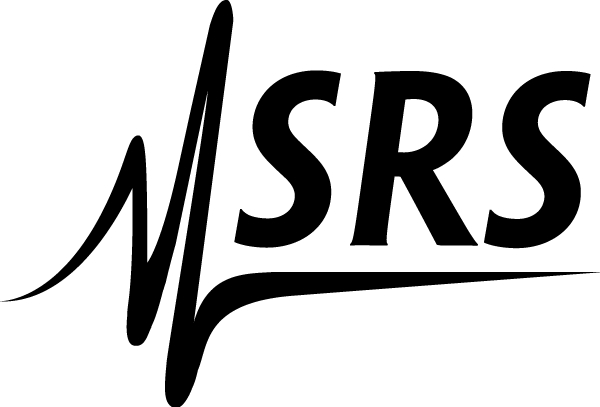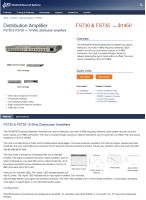Stanford FS730 and FS735 Distribution Amplifier

Stanford FS730 and FS735 Distribution Amplifier
5MHz and 10MHz broadband and CMOS distribution amplifiers

The FS730/FS735 Series Distribution Amplifiers are used to distribute a low noise 10 MHz frequency reference. Each system has one input and seven outputs, all on BNC connectors. The input is coupled through a series LC network allowing the use of inputs with a DC offset. The input source impedance is 50 Ω at 10 HMz.
Features:
-
Sine wave outputs (+13 dBm)
-
Amplitude leveling
-
Low additive phase noise
-
High channel-to-channel isolation
-
High return loss
The input is conditioned by a limiter which provides several advantages. It removes amplitude modulation from the input signal, outputs have fixed amplitude and input noise that occurs more than 50 mV away from the zero-crossing is blocked. Virtually any waveform with a duty cycle near 50% may be used as an input.
The input limiter is followed by a bandpass filter and a fixed gain amplifier. This signal is passed to the seven output amplifiers, each of which is followed by a low pass filter and an output transformer. All of the outputs have 50 source impedance and provide a 1 Vrms (+13 dBm) sine wave into a 50 Ω load.
There are four indicator LED's. The power "LED" indicates that the unit has AC power. The "signal" LED indicates that an input signal is present. The "overload" LED indicates that the input signal has excessive amplitude. The "fault" LED indicates one or more of these conditions: no input signal, excessive input signal, no output signal, or low internal DC power supply.
For further information please contact us or download the datasheet.

